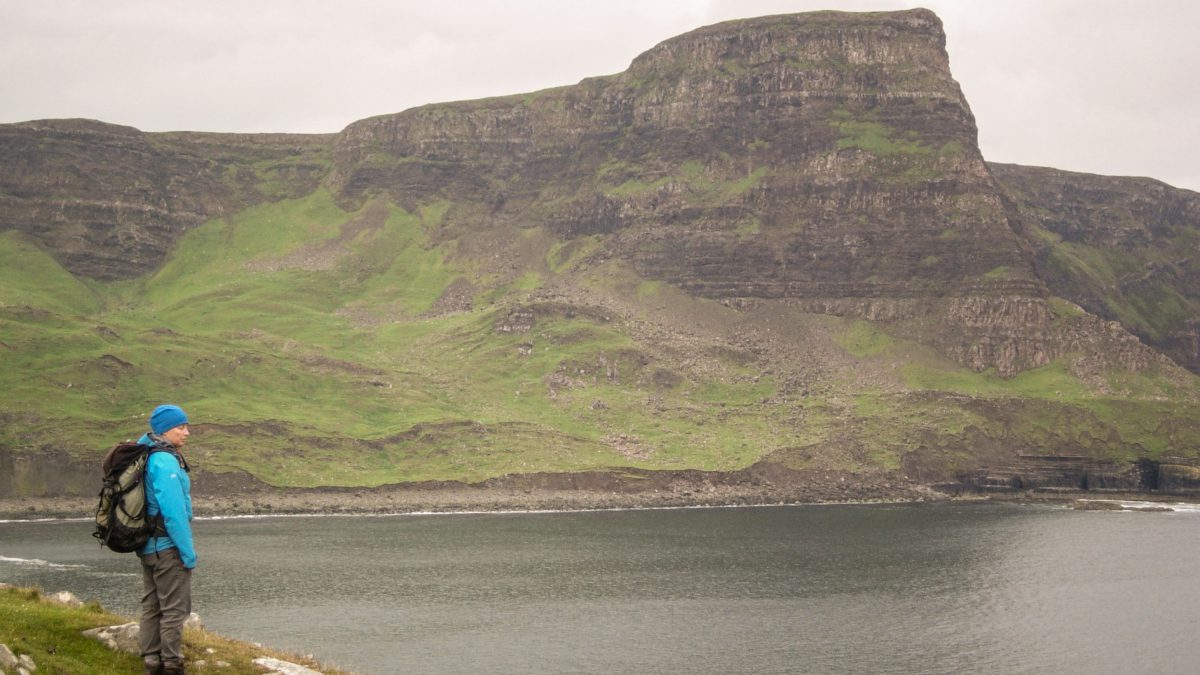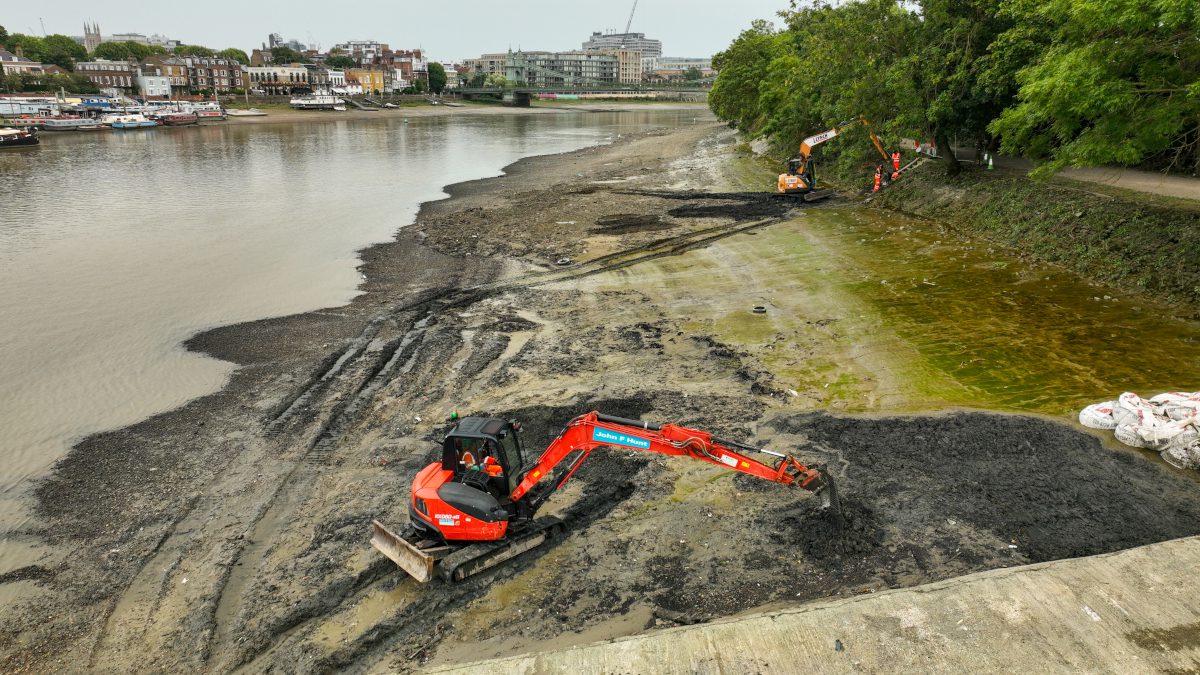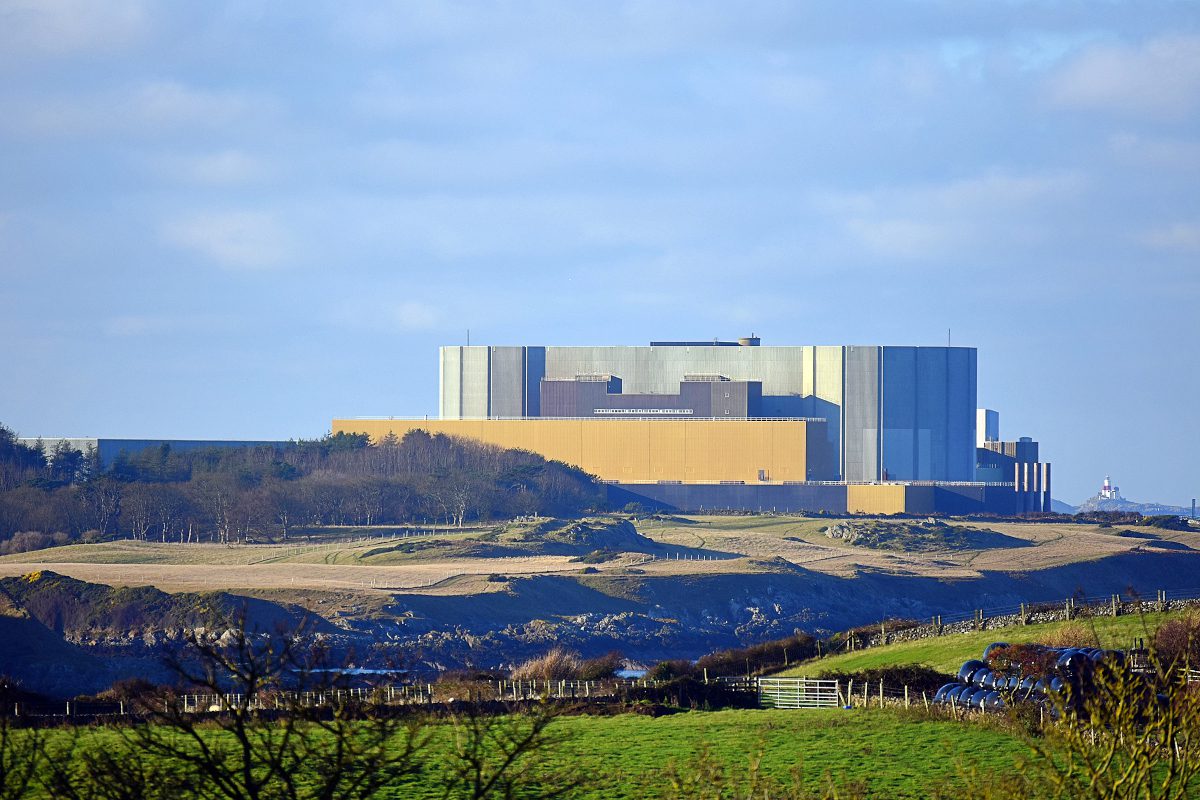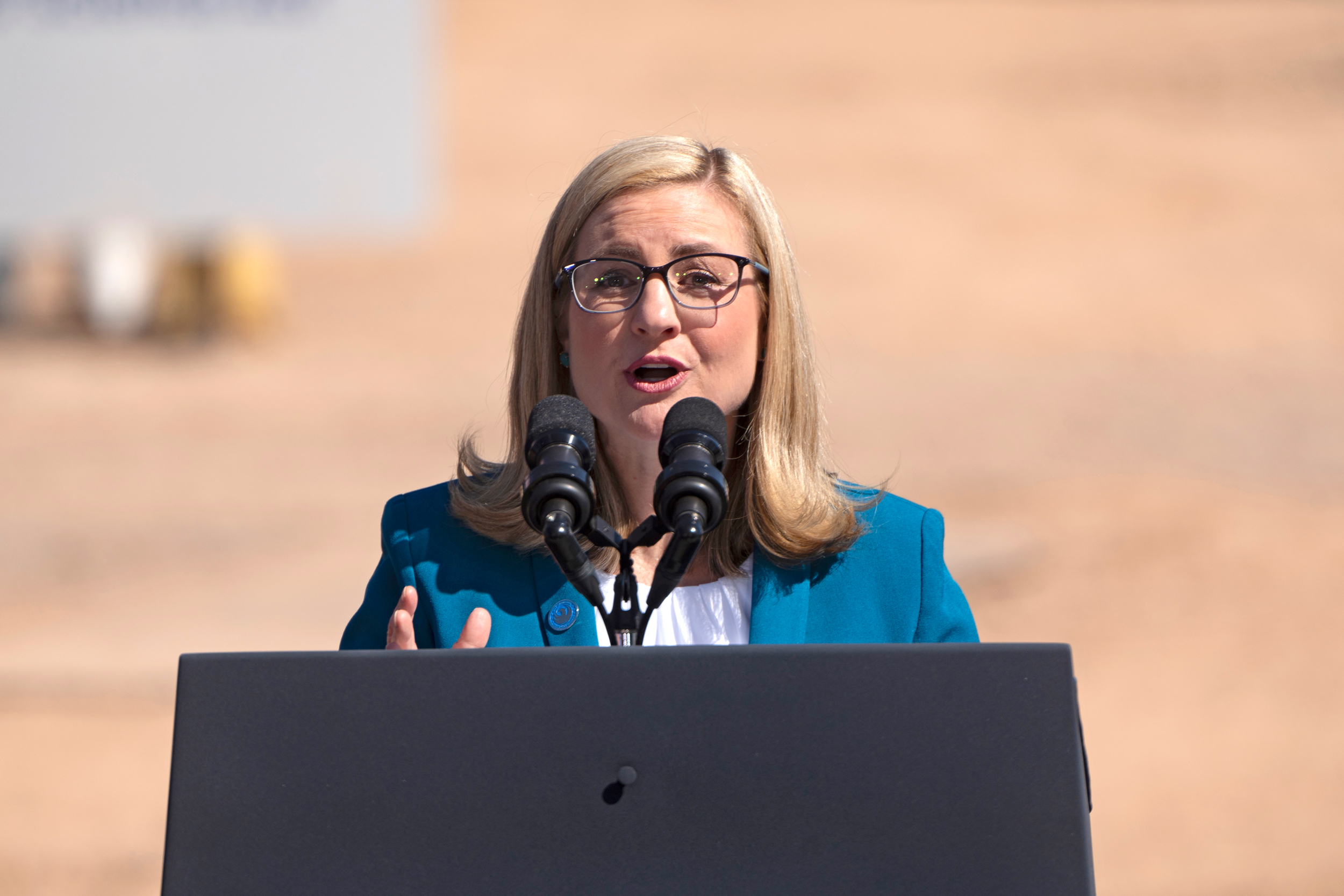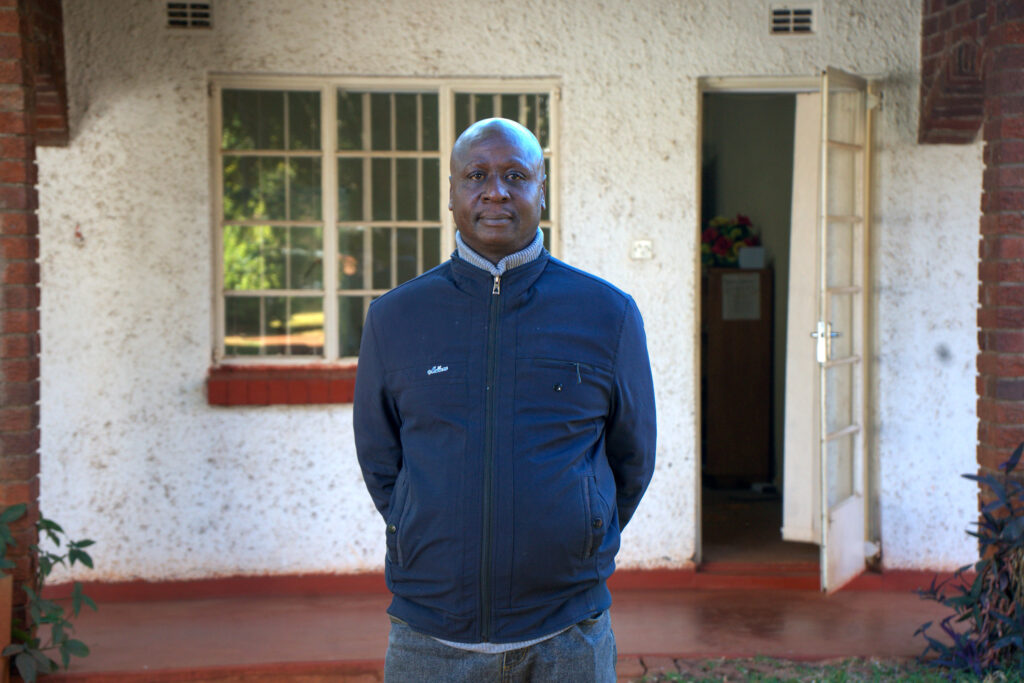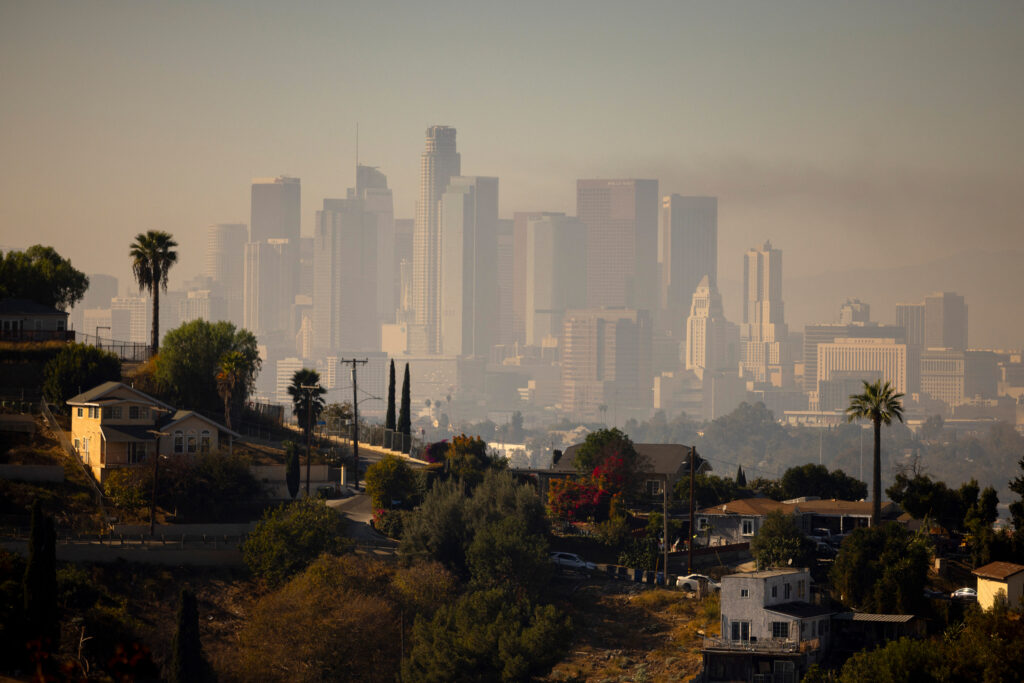A project led by Brighton & Hove City Council, based on research from the University of Brighton, aims to protect 90% of the city’s drinking water from toxic road pollution.
The focus of the initiative is stormwater runoff, which carries a toxic mix of oil, tyre particles, heavy metals, and microplastics, during periods of rainfall. As publicity around the project explains, stormwater runoff is a largely unseen but significant pollutant, affecting rivers, wetlands, and groundwater in the UK and across the world.
The threats from roadway runoff are striking. In Australia, about 95% of microplastics in stormwater come from tyres – tiny particles containing with carcinogens that can enter the food chain, posing risks to human health. In America’s Pacific Northwest, untreated runoff can kill up to 87% of coho salmon exposed to it. And in England, road runoff contributes to nearly one-fifth of waterbodies failing to meet ecological or chemical standards, showing that the impact of our roads stretches far beyond the asphalt.
In Brighton & Hove, the stakes could not be higher. Over 90% of the city’s drinking water comes from the chalk aquifer beneath its residents’ feet, a delicate natural reservoir that also supports streams, wetlands and wildlife. Once contaminated, it can be very difficult to clean.
Now, the Wild Park rainscape – built beside the A27, one of the busiest roads in Sussex – aims to address this problem by capturing and filtering polluted runoff before it reaches the aquifer. The project was delivered by The Aquifer Project – which sits under The Living Coast UNESCO Biosphere, a designation that recognises the area’s unique natural and cultural value and promotes sustainable development – with Brighton & Hove City Council (BHCC) leading construction.

The initiative draws on research led by Professor Martin Smith, Professor of Geochemistry at the University of Brighton’s School of Applied Sciences, with support from MRes Geoscience graduate Polly Walters.
Professor Smith explained: “When polluted water from our roads seeps into the aquifer, it’s not just a scientific problem – it’s our drinking water, our children’s health, and our local environment at stake. Projects like the Wild Park rainscape make sure the water we rely on every day is safe.“
Before construction began, the Brighton team monitored runoff from the A27, establishing a baseline for pollutants. Their studies revealed the scale of road runoff pollution: water in the area contained higher levels of contaminants than recommended.
Lead, a remnant from older fuels, chromium from road markings, and polyaromatic hydrocarbons from tyres and asphalt were all present. Much of this pollution travels as solid particles, which can move long distances, linger in soil and waterways, harm wildlife, and even enter the food chain, posing a threat to human health.
Laboratory tests by Professor Smith and Walters showed that much of this contamination could be captured before it reached the soil. Removing solids alone addresses around 80% of the pollutants, with plants and natural processes handling the rest.
After six years of planning, the rainscape now combines engineered solutions with wetlands. Water from the motorway travels along a 1.2-mile route, passing through multiple filtration stages before it reaches the ground. Two vortex separators remove the bulk of solids, while planted basins of reeds and grasses, along with sunlight and microbes, are intended to break down remaining pollutants. By the time water leaves the system, it is clean and safe.
Looking ahead, the University of Brighton team says it will continue long-term monitoring in the coming years to measure the rainscape’s impact on water quality, pollutant removal, and biodiversity. The group says their findings aim to protect Brighton’s aquifer and provide a science-based model for cities worldwide facing similar stormwater challenges. The monitoring will reveal how well the system performs and provide valuable insights to guide the design of future projects.
This approach goes far beyond some drainage systems – which let polluted water sink into the ground or enter surface waters – and the impact is wide-reaching. The rainscape not only filters pollutants but also slows water flow to reduce flood risk, improves local water quality, and creates new habitats for wildlife. As climate change brings heavier rainfall, the project offers a practical model for cities worldwide to address increasing stormwater pressures.
Professor Smith explained: “The Wild Park rainscape is a great example of a sustainable drainage system. Working with BHCC, The Aquifer Project and the Living Coast Biosphere has allowed us to demonstrate the need for this kind of project and to undertake research and teaching involving geography, environment and engineering students at Brighton to demonstrate how well these systems work, and to understand the processes involved to inform the design of future projects.”

But the project isn’t only about tackling pollution – it’s also about people, said a press release about the initiative. Wild Park sits in Moulsecoomb, one of Brighton’s most disadvantaged neighbourhoods, and the rainscape is designed to bring wider benefits to the local community. By creating new ponds and green spaces, the hope is that local residents, as well as visitors from further afield, will find more reasons to spend time there.
As climate change brings heavier rainfall and urban drainage systems struggle to cope, polluted runoff will become an increasing threat. Brighton’s Wild Park rainscape demonstrates how local partnerships can deliver global lessons in safeguarding water, nature, and communities.
The project showcases Brighton’s ambition to be a city where people and nature thrive together and highlights the University of Brighton’s drive to turn research into real-world solutions that protect vital resources, support wildlife, and improve the lives of residents.



